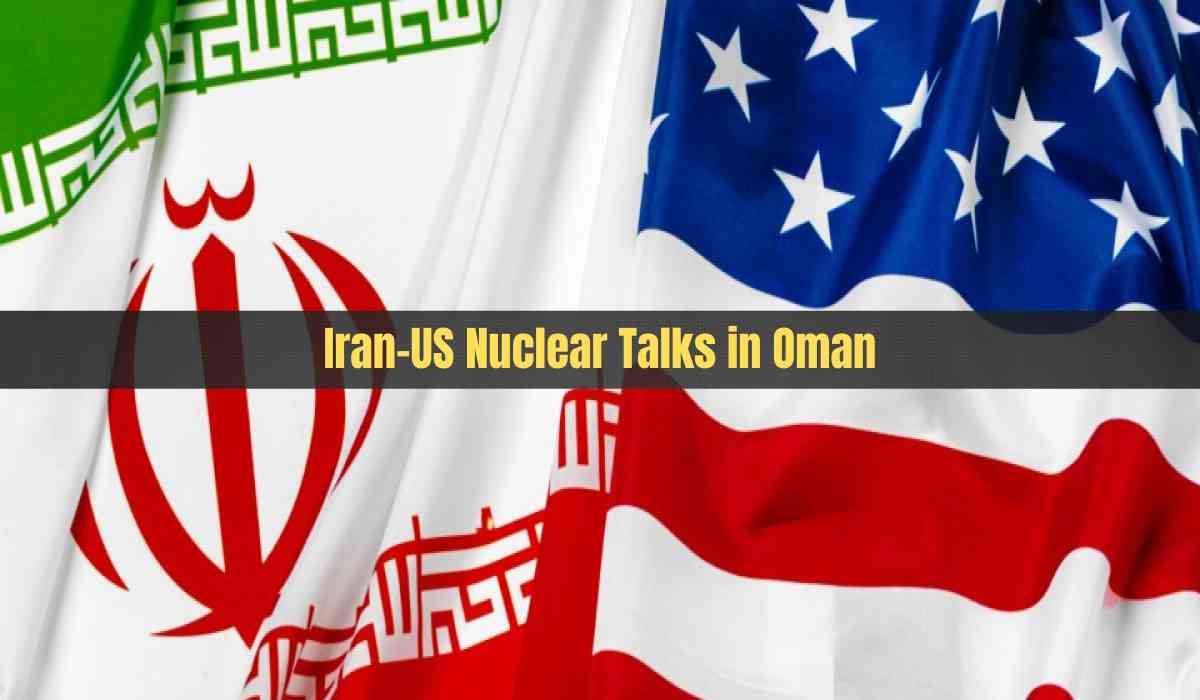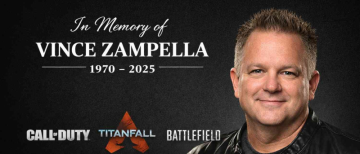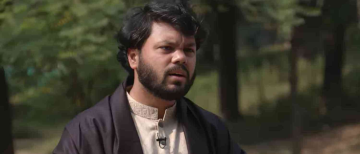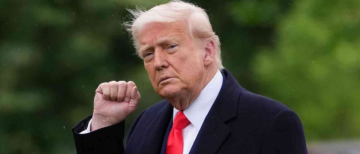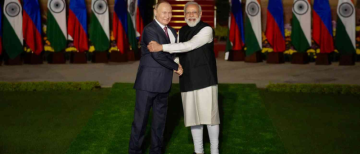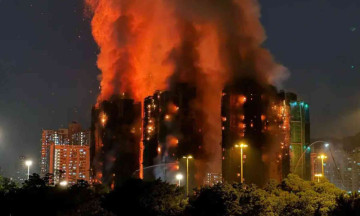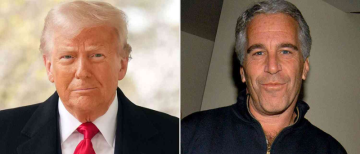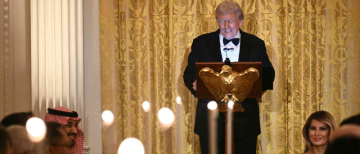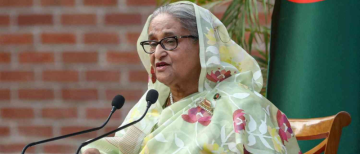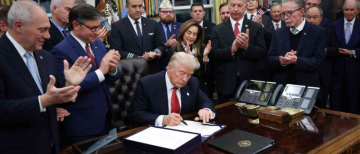The United States and Iran are set to engage in high-level diplomatic talks in Oman, marking the first such negotiation under President Donald Trump’s current administration. The discussions are aimed at curbing Iran’s rapidly advancing nuclear program and come amid heightened tensions in the Middle East, including conflicts in Gaza, Lebanon, and Syria. With deep mistrust between the two nations and a history of failed agreements, the world is watching closely as these talks unfold in Muscat.
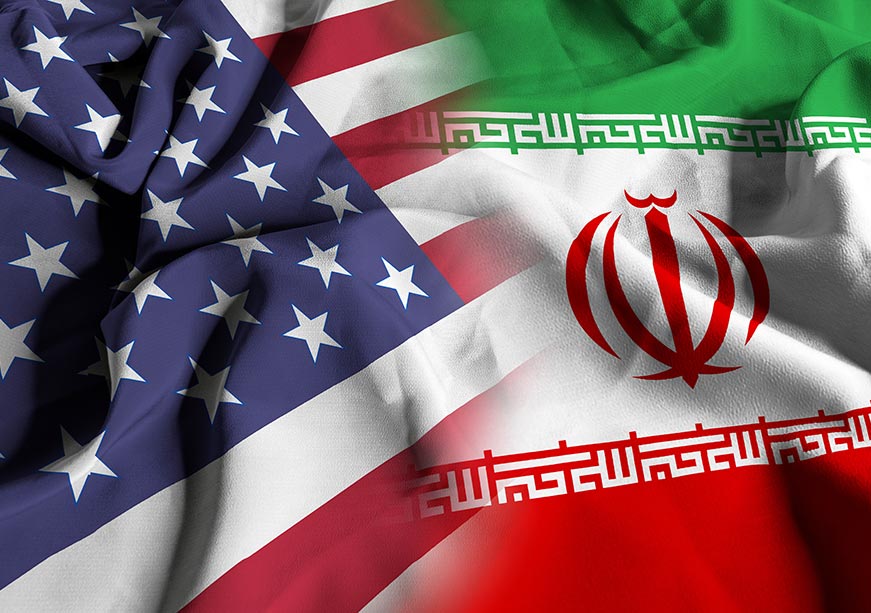
Setting the Stage: Renewed Efforts Amid Rising Tensions
The talks, scheduled for Saturday in Muscat, are widely viewed as a "feeling-out" session. They aim to establish a basic framework and timeline for potential negotiations over Iran’s nuclear activities. Although both sides have expressed a desire to make progress, they remain far apart on core issues.
-
President Trump has emphasized that the talks must be face-to-face, showcasing his negotiation skills.
-
Iran, on the other hand, prefers indirect negotiations, with Omani officials acting as intermediaries.
Trump’s administration has restored the “maximum pressure” campaign on Tehran since February, with fresh sanctions and threats of military action if diplomacy fails. Yet, the president is said to prefer diplomacy to war, conscious of the broader strategic landscape, including tensions with China and ongoing military commitments elsewhere.
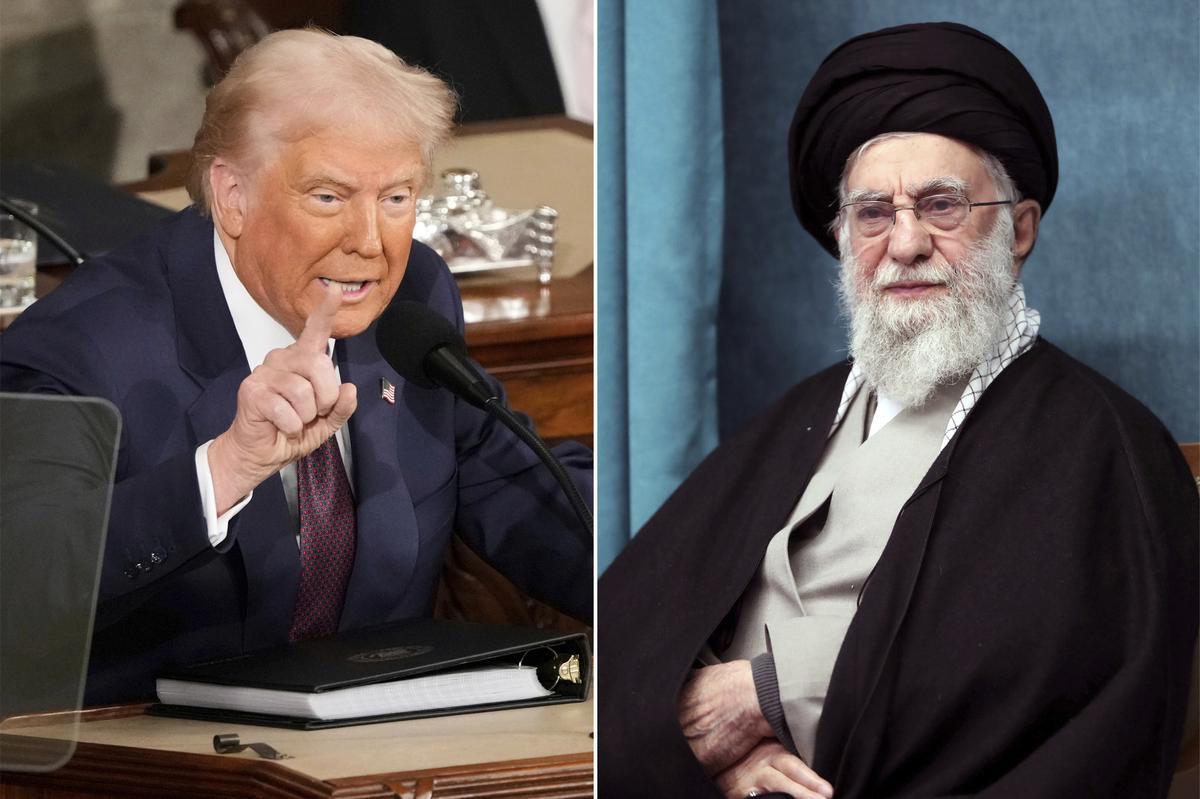
Who's at the Table?
Iranian Delegation:
-
Foreign Minister Abbas Araghchi, a seasoned diplomat, leads the Iranian delegation.
-
Araghchi was a key figure in the original negotiations that led to the 2015 Joint Comprehensive Plan of Action (JCPOA), from which the US withdrew in 2018.
US Delegation:
-
Steve Witkoff, a Trump confidant and property developer, represents the United States.
-
Witkoff has little experience in nuclear negotiations and was recently involved in ceasefire talks in Gaza and discussions in St. Petersburg with President Putin.
According to Iranian state media, Araghchi and his team left Tehran for Muscat early Saturday and met with Omani officials, including Foreign Minister Badr bin Hamad al-Busaidi. The talks are expected to begin in the afternoon, with al-Busaidi serving as intermediary.
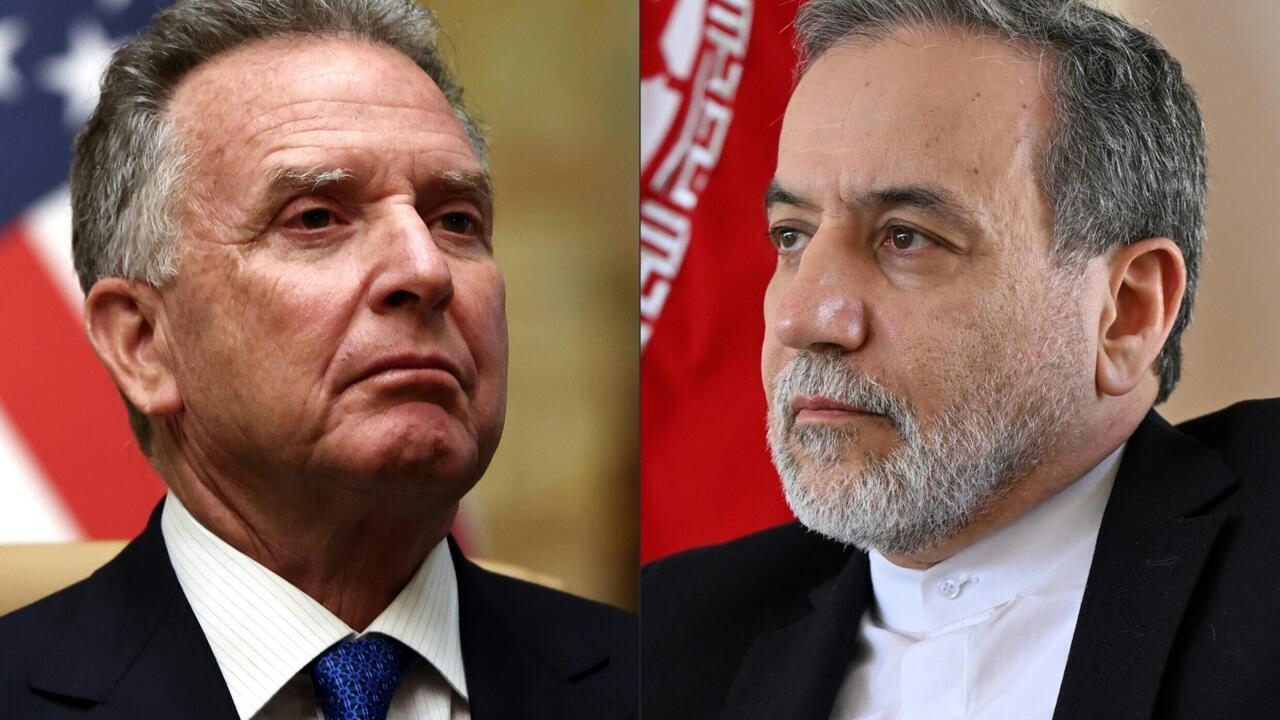
Modest Goals Amid Deep Distrust
The immediate objective of the Muscat talks is not a sweeping agreement but a modest one: to outline a potential framework and timetable for further negotiations. Even a handshake or brief interaction could serve as a diplomatic opening.
Key Disputes:
-
The US insists Iran must dismantle large parts of its nuclear infrastructure.
-
Iran remains open to reducing uranium enrichment levels and allowing external monitoring—but refuses to negotiate over its missile program or regional proxy forces.
Iranian officials, while skeptical of Trump’s intentions, have expressed readiness to engage "earnestly" and seek a “fair and dignified agreement.” Araghchi stated, “If there is enough will, we will make a decision about the timetable of the negotiations.”
What’s at Stake?
The urgency of the talks stems from the potential expiration of the JCPOA’s most stringent restrictions in October 2025, and the looming October 18 deadline for the UN’s authority to impose quick "snapback" sanctions on Iran.
The Broader Stakes Include:
-
Preventing a nuclear Iran, which Israel views as an existential threat.
-
Stabilizing a volatile region, already inflamed by the Hamas-Israel war, the Syrian government collapse, and Houthi attacks on Red Sea shipping.
-
Avoiding another US war in the Middle East, a scenario Trump’s advisers are keen to prevent.
Iran has long maintained its nuclear program is purely civilian, aimed at energy and medical applications. However, uranium enrichment levels have surged to 60%, alarmingly close to weapons-grade levels.
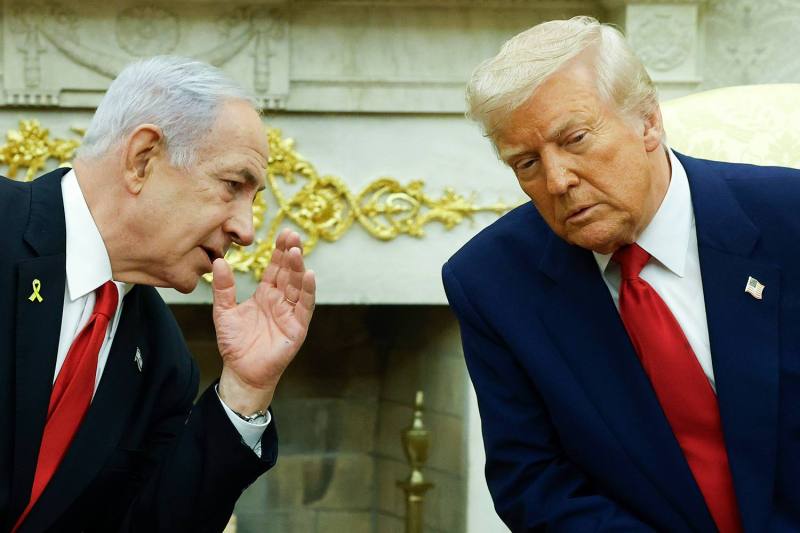
Regional and International Reactions
Israel’s Position:
-
Israeli Prime Minister Benjamin Netanyahu insists that only the destruction of Iran’s nuclear sites under US supervision is acceptable.
-
He warned that military action is inevitable if diplomacy fails.
Iran’s Warning:
-
Tehran has issued stark warnings to neighboring countries that host US military bases, cautioning of “severe consequences” if they are involved in any potential US military strikes.
Arab States:
-
Trump is reportedly planning visits to Qatar, Saudi Arabia, and the UAE next month.
-
According to former Pentagon official Dana Stroul, Arab leaders have conveyed their unanimous desire to avoid another war in the region.
The Strategic Calculations
Both countries are calculating risks:
-
For Trump, a diplomatic victory would bolster his image as a dealmaker and peacemaker. But anything short of a tougher deal than the 2015 JCPOA may not satisfy his domestic or international critics.
-
For Iran, prolonged negotiations could delay Israeli military action and push past the UN snapback sanctions deadline.
Trump has said he will rely on his instinct to determine the talks' success. “When you start talks, you know if they’re going along well or not,” he remarked.
Meanwhile, Iran is preparing for all outcomes. Araghchi’s statement—“We seek peace, but will never accept submission”—highlights Tehran’s dual-track approach: diplomacy backed by deterrence.
Outlook: Diplomacy or Conflagration?
The outcome of the Muscat talks remains uncertain. However, several scenarios are emerging:
-
A symbolic breakthrough like a handshake may extend negotiations.
-
A partial deal could mirror the 2015 JCPOA, focusing solely on enrichment and monitoring.
-
A collapse in talks could escalate the conflict, potentially triggering Israeli or US military action.
Elliott Abrams, Trump’s former Iran envoy, speculates that Iran may use negotiations as a delaying tactic, “tying Israel and the US in knots,” while committing to minimal concessions.
As US and Iranian diplomats prepare to meet under the watchful eyes of allies and adversaries alike, the world is bracing for either a historic diplomatic revival or a devastating escalation. With nuclear proliferation, regional stability, and global energy markets hanging in the balance, the Oman talks may well shape the geopolitical landscape for years to come.
With inputs from agencies
Image Source: Multiple agencies
© Copyright 2025. All Rights Reserved Powered by Vygr Media.

